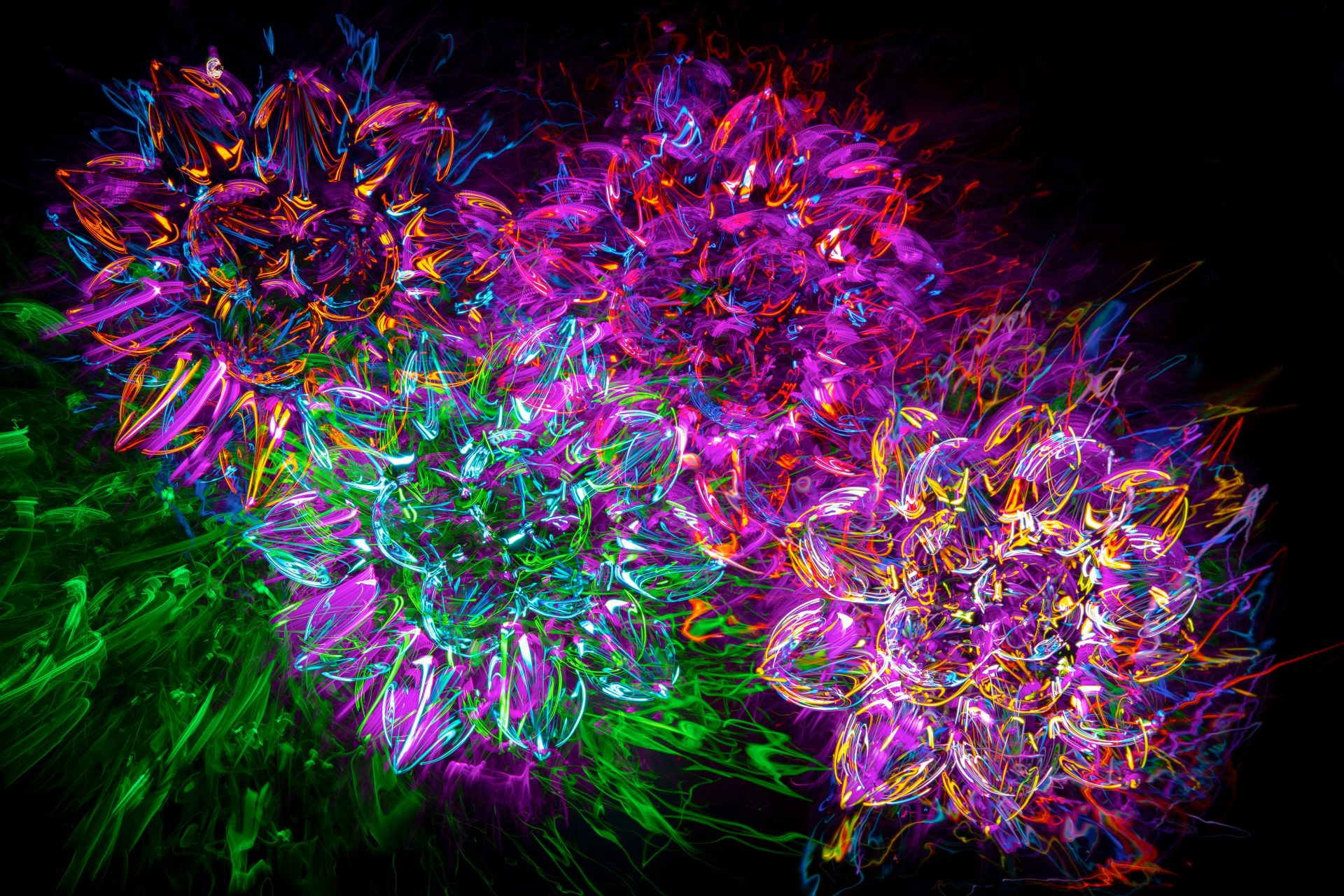How to Draw: A Comprehensive Guide for Beginners and Beyond

Before diving in, please note: This post is for informational purposes only. If you’d like to know more about how we approach topics, feel free to check out our friendly Disclaimer Page.
Hey there, amazing readers! 🖐️ Just a quick note: yes, we know there are a lot of ads here. Trust us, we get it—it’s not the prettiest look, but they help us keep this blog alive and kicking. Those pesky little ads cover the costs of all the behind-the-scenes magic, from hosting and tech stuff to creating content we hope you’ll love.
We’re committed to delivering quality posts, and your support (even just sticking around despite the ads) means everything to us. So, bear with us, and thanks for helping us keep the good vibes rolling. Now, on to the fun stuff! 😉
TRANSLATE BUTTON AT THE END OF THE ARTICLE
Drawing is one of the most delightful forms of creative expression. Whether we’re doodling in a notebook during a boring meeting or crafting intricate designs, the joy of bringing our ideas to life on paper is unparalleled. In this article, we’ll explore everything from the basics of drawing to advanced techniques that can elevate our skills. So grab your sketchbook, and let’s dive in!
Understanding the Basics of Drawing
Drawing is not just about having a steady hand; it’s about understanding shapes, forms, and how to represent what we see or imagine. To get started, let’s break down some fundamental concepts.
The Importance of Observation
Before we put pencil to paper, it’s essential to develop our observation skills. Drawing is often about translating what we see into two dimensions. Here are a few tips to sharpen our observation skills:
- Look Closely: Instead of glancing at an object, take the time to examine it. Notice the shapes, shadows, and colors.
- Break It Down: Simplify complex subjects by breaking them into basic shapes like circles, squares, and triangles. This makes it easier to sketch accurately.
- Practice Drawing from Life: Instead of drawing from photos, try to sketch live objects. This helps us grasp proportions and spatial relationships better.
Gathering Your Materials
To embark on our drawing journey, we’ll need a few essential materials. Here’s a basic list to get us started:
- Pencils: A range of pencils (HB, 2B, 4B, etc.) will allow us to achieve different levels of darkness and softness.
- Erasers: A kneaded eraser is fantastic for subtle corrections, while a standard eraser is great for larger mistakes.
- Paper: A sketchbook with good quality paper is ideal for practice.
- Sharpener: Keeping our pencils sharp will ensure precision in our lines.
Having the right materials can make a world of difference, so let’s set ourselves up for success!
Developing Basic Techniques
Now that we have our materials ready, it’s time to dive into some fundamental drawing techniques. Mastering these will set a solid foundation for our artistic journey.
Line Work
Lines are the building blocks of any drawing. Here’s how to practice line work:
- Practice Different Strokes: Try varying the pressure on your pencil to create lines that are thick, thin, dark, or light.
- Create Different Types of Lines: Experiment with straight, curved, dashed, and zig-zag lines to see how they can convey different emotions and textures.
Shading Techniques
Shading adds depth and dimension to our drawings. Here are a few techniques to explore:
- Hatching and Cross-Hatching: Use parallel lines to create shadows. Cross-hatching involves layering these lines to deepen the shade.
- Blending: Use a blending stump or your finger to smooth out pencil strokes for a softer appearance.
- Stippling: Create texture by using small dots. This technique can be time-consuming but yields beautiful results.
Proportions and Perspective
Understanding proportions and perspective is crucial, especially for realistic drawings. Here’s how to practice:
- Use Guidelines: Lightly sketch guidelines to help maintain proportion. This is especially helpful when drawing figures or buildings.
- Experiment with Vanishing Points: For perspective, identify a vanishing point on your horizon line. This will help us create depth in our drawings.
Drawing Different Subjects
Once we’ve mastered the basics, it’s time to explore different subjects. Let’s look at how we can approach drawing various things, from landscapes to portraits.
Still Life
Drawing from still life allows us to practice our observation skills. Here’s how to tackle it:
- Choose a Simple Arrangement: Start with a few objects, like fruits or vases.
- Arrange and Observe: Set up your objects, and take a moment to study their shapes and shadows.
- Sketch Lightly: Use light pencil strokes to outline the shapes before adding details.
Landscapes
Landscapes can be incredibly rewarding to draw. Here are some tips:
- Capture the Horizon: Start by establishing a horizon line, which will help create depth.
- Add Foreground and Background: Include elements in the foreground to add interest, while using lighter shades for background elements to enhance the sense of distance.
Portraits
Drawing portraits can be a challenging yet exciting endeavor. Here’s a simple approach:
- Start with Basic Shapes: Use circles and ovals to outline the head and facial features.
- Focus on Proportions: Ensure the eyes, nose, and mouth are in the correct positions. The eyes are typically located halfway down the head.
- Add Details Gradually: Work your way through the features, adding details and shading as you go.
Advanced Techniques
As we become more confident in our drawing skills, we can explore advanced techniques that can truly enhance our work.
Working with Color
If we’re ready to incorporate color into our drawings, here are some approaches:
- Colored Pencils: Experiment with layering colors to achieve depth and vibrancy.
- Watercolors: For a softer, more fluid look, try using watercolors. They can add a beautiful dimension to our sketches.
Digital Drawing
In today’s tech-savvy world, digital drawing has become increasingly popular. Here’s how we can start:
- Invest in a Graphics Tablet: This allows us to draw directly into digital art software.
- Explore Software Options: Programs like Adobe Photoshop or Procreate offer a range of tools for creating stunning digital artwork.
Building Our Drawing Skills
To improve our drawing skills consistently, we should adopt a few practices that can keep us motivated and engaged.
Set Goals
Setting specific, achievable goals can help us focus our efforts. For example:
- Daily Sketching: Commit to drawing something every day, even if it’s just a quick doodle.
- Explore New Techniques: Challenge ourselves to try a new drawing technique each week.
Join a Community
Finding a community of fellow artists can be incredibly inspiring. Here’s how to connect with others:
- Attend Local Art Classes: Look for workshops in your area that allow us to learn from others and share our work.
- Join Online Forums: Websites like Reddit or DeviantArt have vibrant communities where we can share our progress and get feedback.
Reflect on Our Progress
As we continue our drawing journey, it’s vital to take time to reflect on our progress. Here are a few ways to do this:
- Create a Sketchbook Portfolio: Keep our sketches organized in one place to track our improvement over time.
- Seek Feedback: Don’t hesitate to share our work with friends or online communities for constructive criticism.
Conclusion
Drawing is an incredibly fulfilling and rewarding pursuit. Whether we’re sketching for fun or aiming to create intricate works of art, the journey is what matters most. So let’s keep our pencils sharp, our sketchbooks filled, and our spirits high. With practice, patience, and a sprinkle of creativity, we can turn our doodles into masterpieces. Happy drawing!

The Enlightenment Journey is a remarkable collection of writings authored by a distinguished group of experts in the fields of spirituality, new age, and esoteric knowledge.
This anthology features a diverse assembly of well-experienced authors who bring their profound insights and credible perspectives to the forefront.
Each contributor possesses a wealth of knowledge and wisdom, making them authorities in their respective domains.
Together, they offer readers a transformative journey into the realms of spiritual growth, self-discovery, and esoteric enlightenment.
The Enlightenment Journey is a testament to the collective expertise of these luminaries, providing readers with a rich tapestry of ideas and information to illuminate their spiritual path.
Our Diverse Expertise 🌟
While our primary focus is on spirituality and esotericism, we are equally passionate about exploring a wide range of other topics and niches 🌍📚. Our experienced team is dedicated to delivering high-quality, informative content across various subjects ✨.
To ensure we provide the most accurate and valuable insights, we collaborate with trusted experts in their respective domains 🧑🏫👩🏫. This allows us to offer well-rounded perspectives and knowledge to our readers.
Our blog originally focused on spirituality and metaphysics, but we’ve since expanded to cover a wide range of niches. Don’t worry—we continue to publish a lot of articles on spirituality! Frequently visit our blog to explore our diverse content and stay tuned for more insightful reads.





